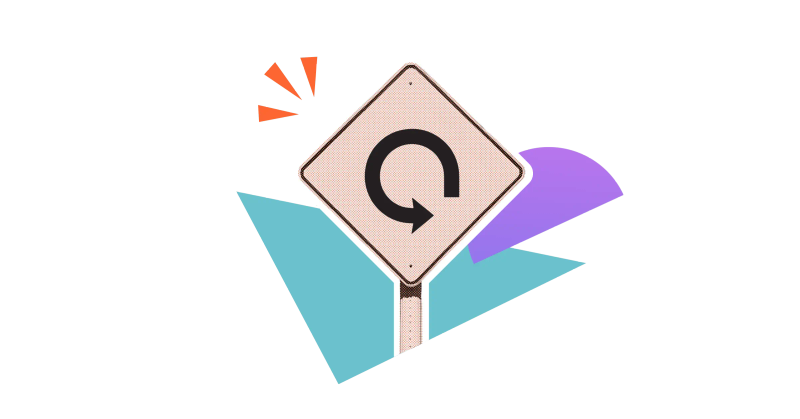What is Scrum? The agile framework for beginners
Share on socials
What is Scrum? The agile framework for beginners

Jump to Section
Jump to section
What is Scrum in agile project management?
Roles in Scrum
How the Scrum approach works
The benefits of Scrum
What is Scrum? What happens during sprints? Find out all about this productivity-boosting approach to agile project management.
Scrum is a popular approach to agile project management, promoting flexibility, collaboration, and customer satisfaction. Here we’ll be talking about the different steps in the Scrum process, the three Scrum roles, and reasons to try out the approach for yourself.
What is Scrum in agile project management?
Scrum is a way of working that asks teams to solely focus on specific aspects of a project for a short period of time. They will then move on to another part of the project for the next period of time, called a sprint.
Sprints usually last for 2-4 weeks.
When working using the Scrum approach, teams are divided into three different roles.
Sprints usually last for 2-4 weeks.
When working using the Scrum approach, teams are divided into three different roles.
Roles in Scrum
One of the interesting things about Scrum is that job titles don’t matter as much as they usually do. Team members can be assigned (and do work) based on strengths that aren’t necessarily reflected in their official job titles.
The three roles in Scrum are:
The three roles in Scrum are:
Product Owner: This person is in charge of understanding the customer or the end user. They decide what needs to be done and in what order, identifying and prioritising each of the features of the product.
Scrum Master: This role is less one of ‘master’ and more one of ‘helper’. The Scrum Master helps the Product Owner to define exactly what the user needs, and helps the Development Team members to organise themselves in order to deliver the identified objectives.
Development Team: These are the people who do the actual work of creating the product. They decide how much work they can do in a short period, called a sprint (more on that below). People who are part of the Development Team might be software engineers, editors, UX designers, or quality assurance engineers as just a few examples.
How the Scrum approach works
1. Product backlog
The product backlog is the responsibility of the Product Owner to create and manage. It’s a list of prioritised tasks for the Development Team to work on, which can change based on user feedback.
2. Sprint planning
At the beginning of each sprint, the team meets to decide which tasks from the product backlog they will work on during the sprint.
3. Regular standups
These are short meetings (usually 15 minutes) where team members quickly discuss what they did in the time passed since the previous standup, what they plan to do before the next standup, and any problems they're facing. Standups often happen daily, but not always!
4. Sprint review
At the end of the sprint, the team shows what they have completed to the Product Owner and any stakeholders. They receive feedback to make sure the project is on the right track.
5. Sprint reflection
After the sprint review, the team meets to discuss what went well, what didn’t, and how they can improve in the next sprint.
The benefits of Scrum
Though agile project management has many benefits for the end user and helps ensure a high-quality product, it can feel tedious for teams that have to work on the same thing repeatedly.
Scrum helps to mitigate the drawbacks of the agile process by making workload manageable and goals achievable.
The benefits of Scrum include:
Scrum helps to mitigate the drawbacks of the agile process by making workload manageable and goals achievable.
The benefits of Scrum include:
- The ability to swiftly adapt to any necessary changes - working in sprints allows teams to focus on one thing at a time, meaning changes can be implemented in the current or next sprint.
- A flexible approach to project planning - rather than planning everything from the start, teams can find out what works (and what doesn’t) along the way.
- Putting the end users’ needs first - Scrum enables teams to easily adapt to feedback from users.
- Collaboration and self-managed work - putting aside job titles means team members can share skills more freely. And, everyone is responsible for their own work after the priorities have been set.
- Enhanced productivity - less multi-tasking, and shorter bursts of focus on one area of work.
- Transparency for users and stakeholders - with Scrum being an iterative process that requires reflection and evaluation, progress and updates can easily be passed on to others.
Optimise your project management with our handy guides
Written by

Senior Content Marketing Manager
With a 20-year career in content marketing, Simon has represented a range of international brands. His current specialism is the future of work and work management. Simon is skilled at launching content pipelines, establishing powerful brands, and crafting innovative content strategies.



